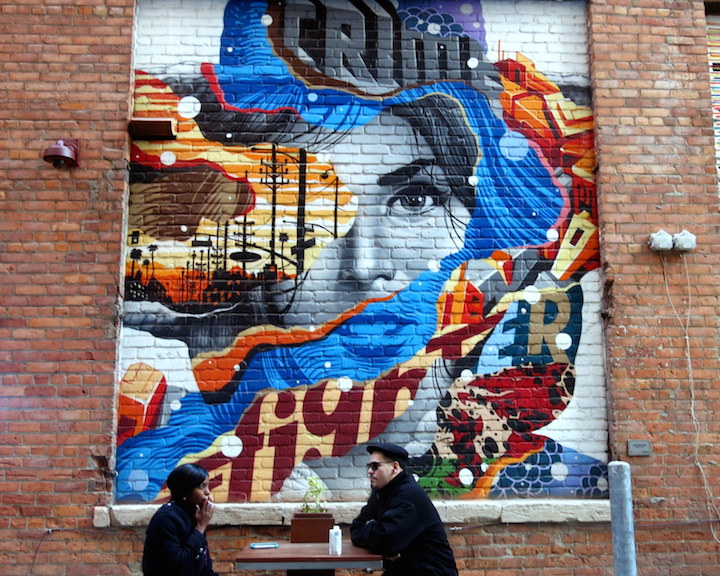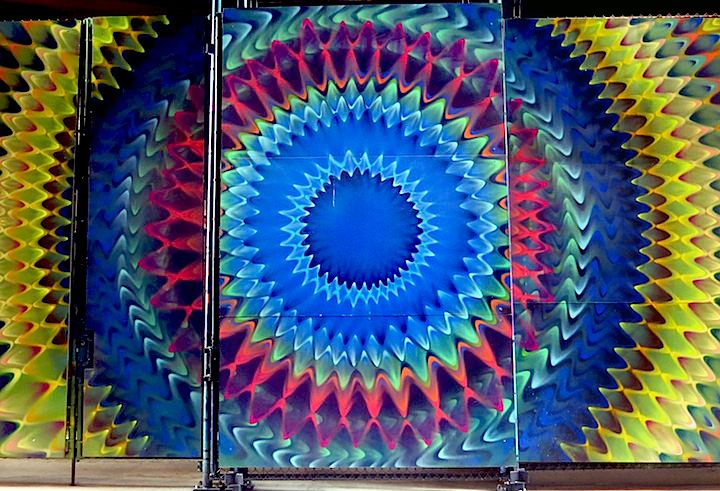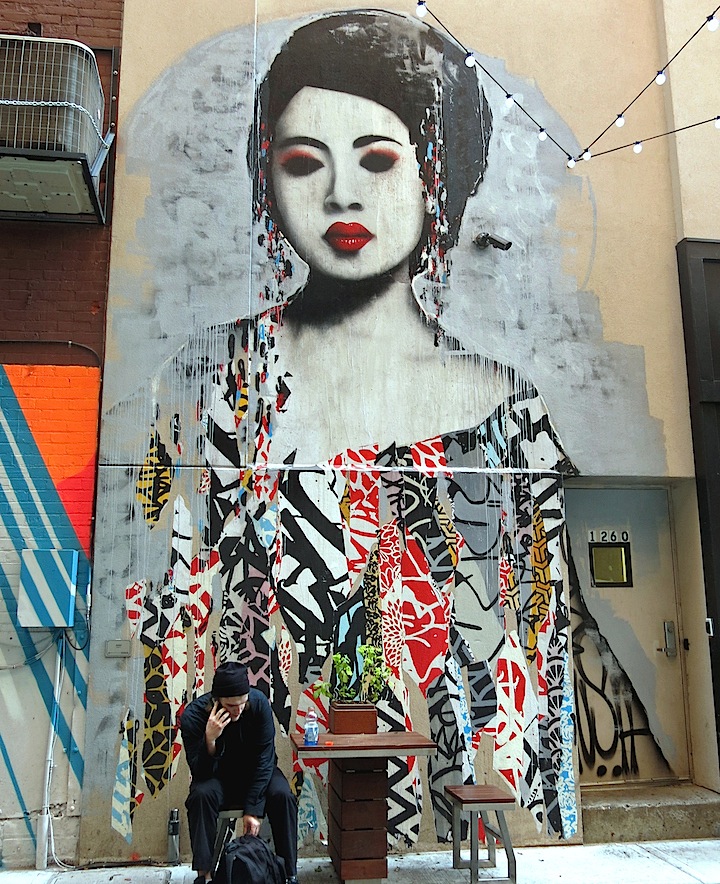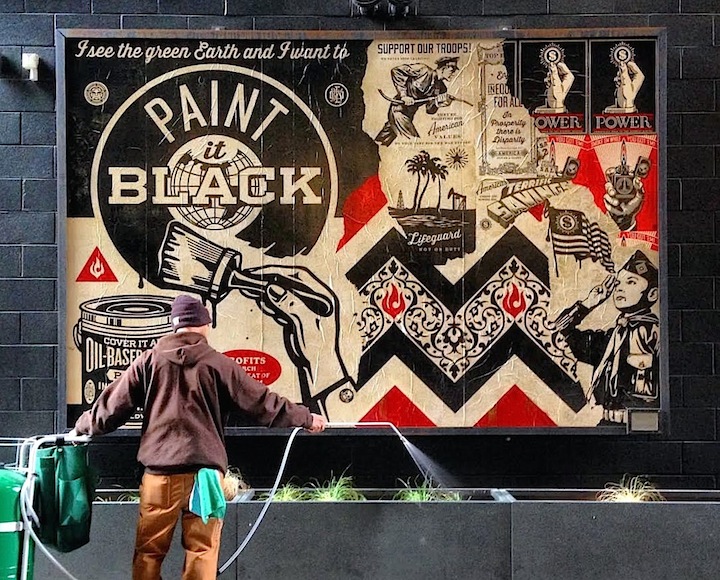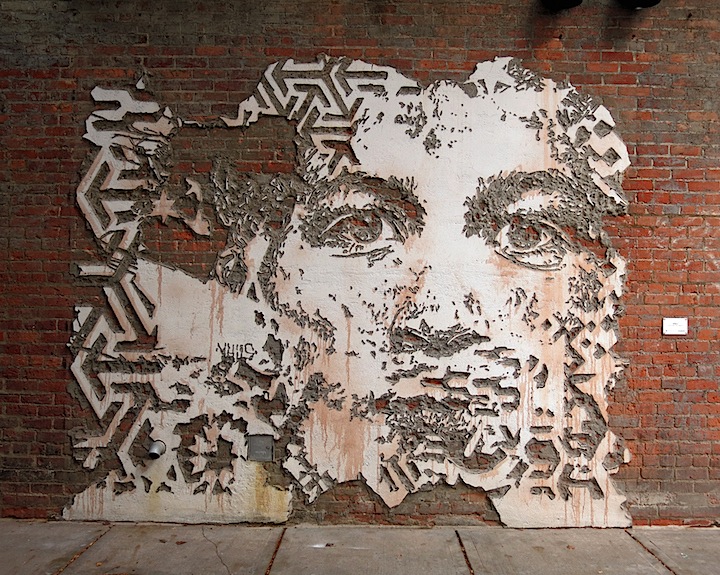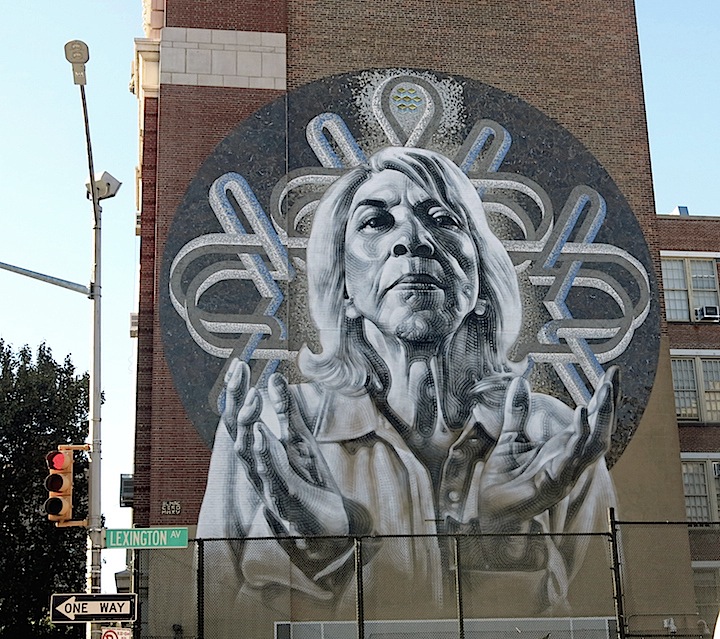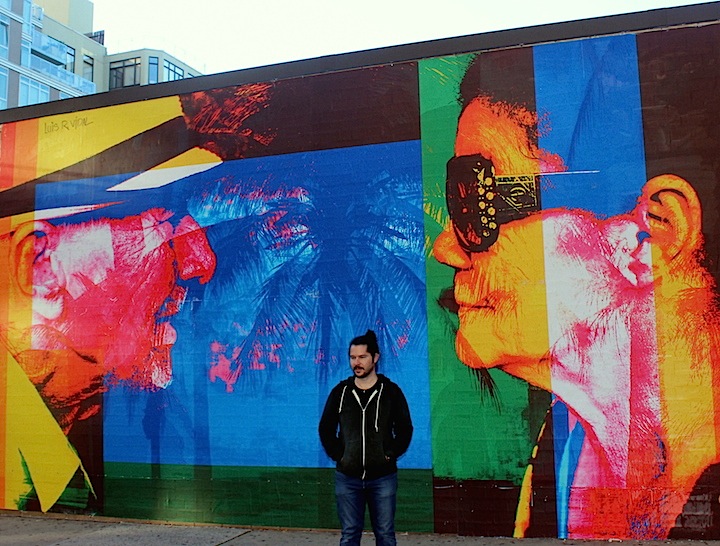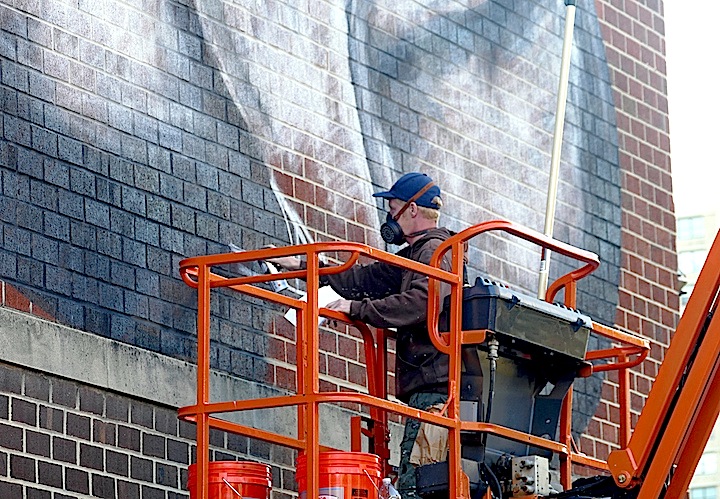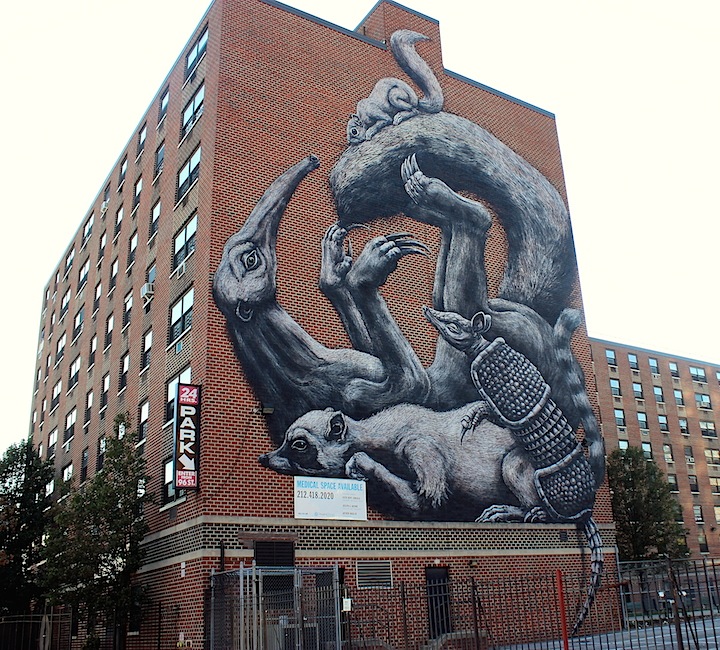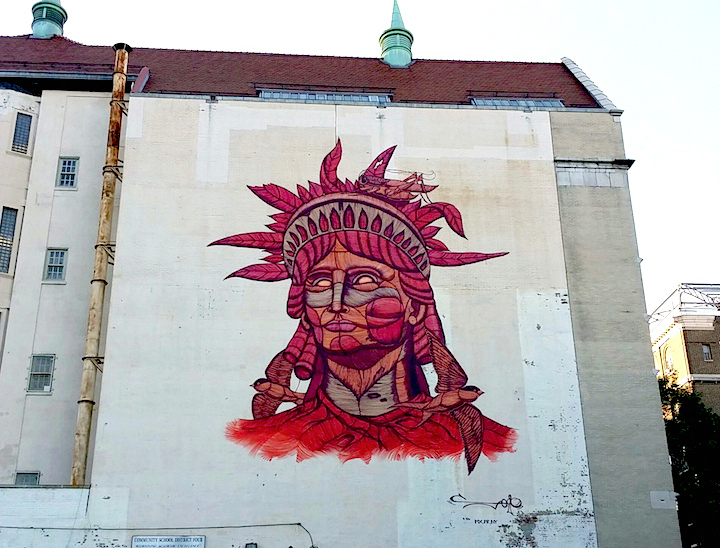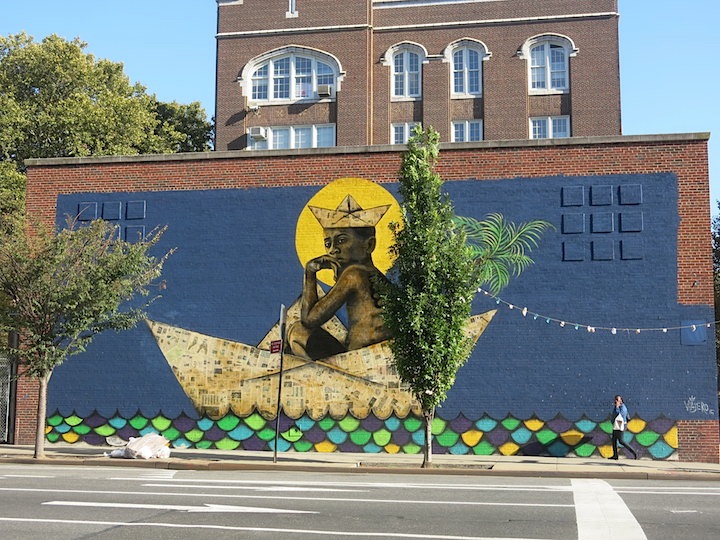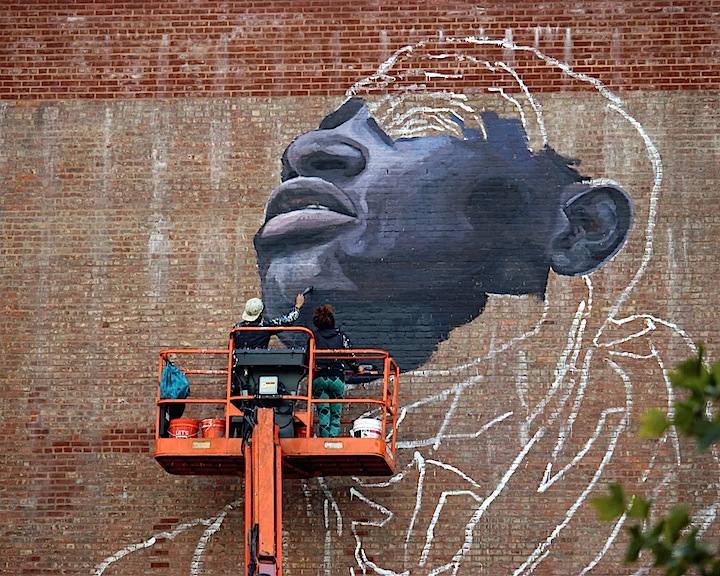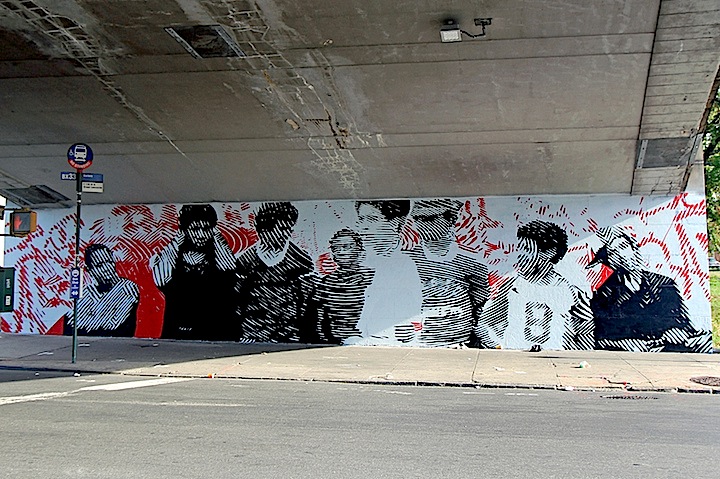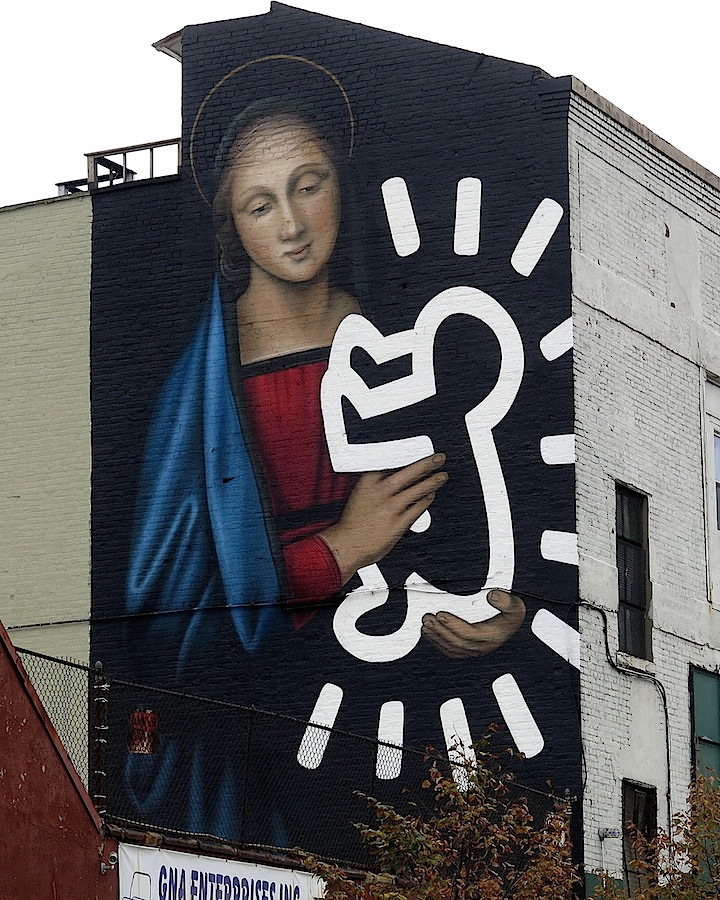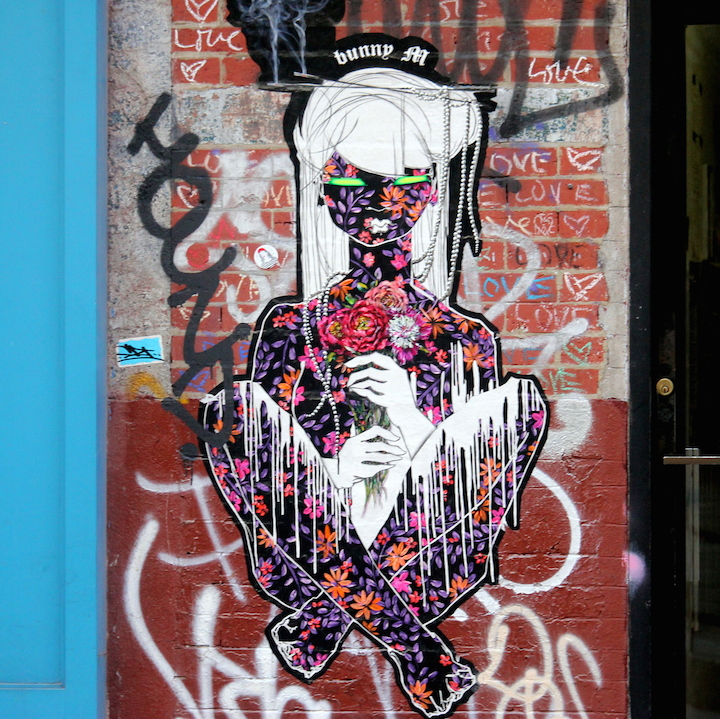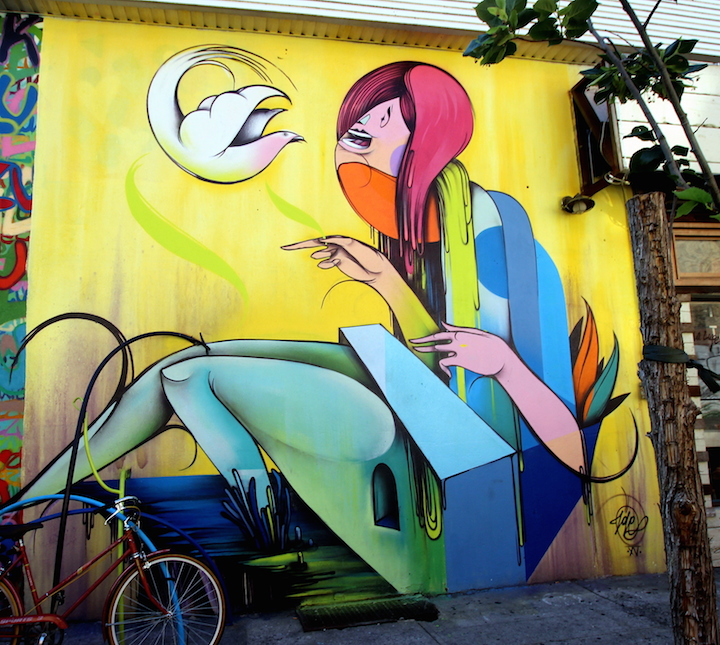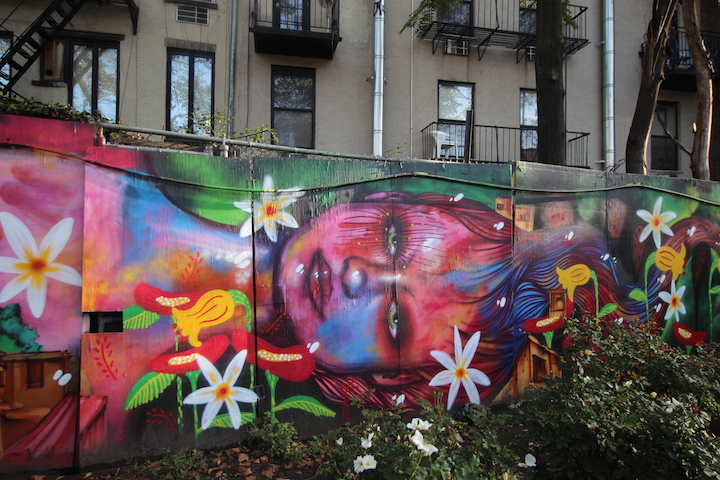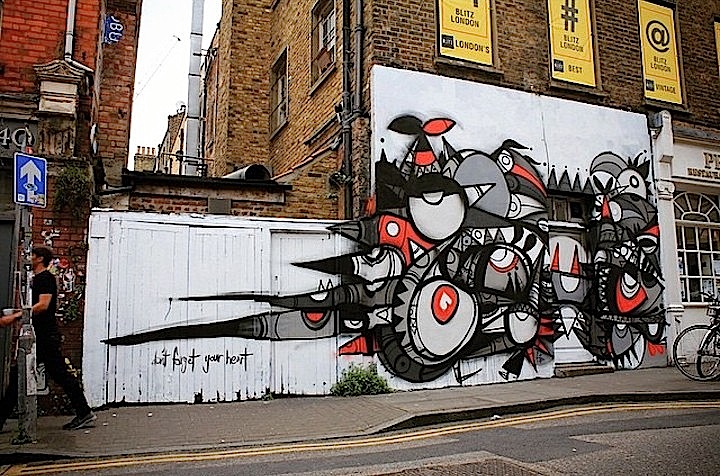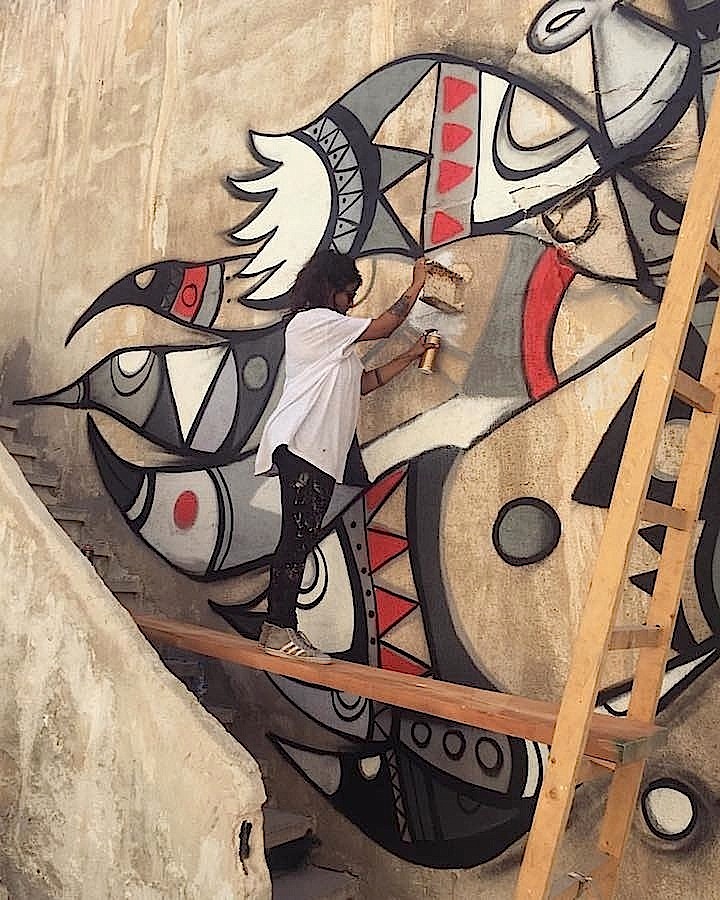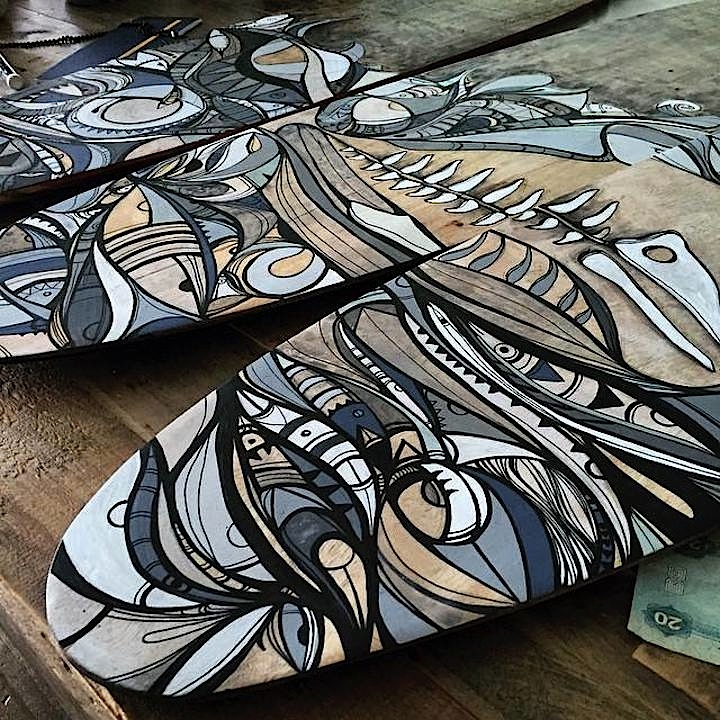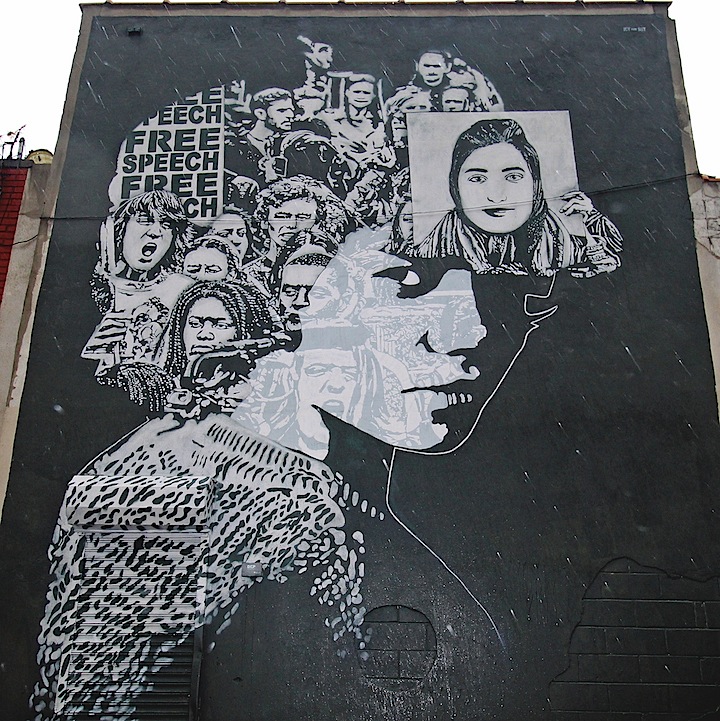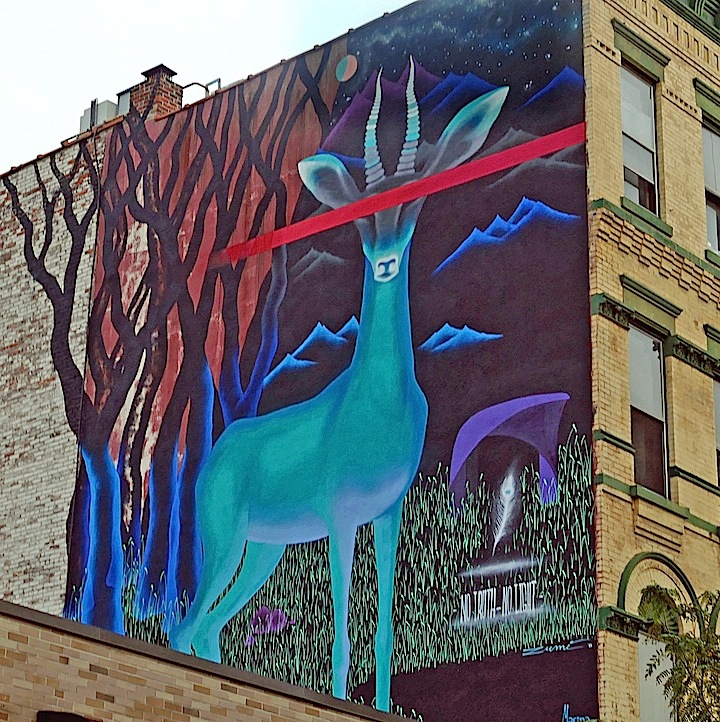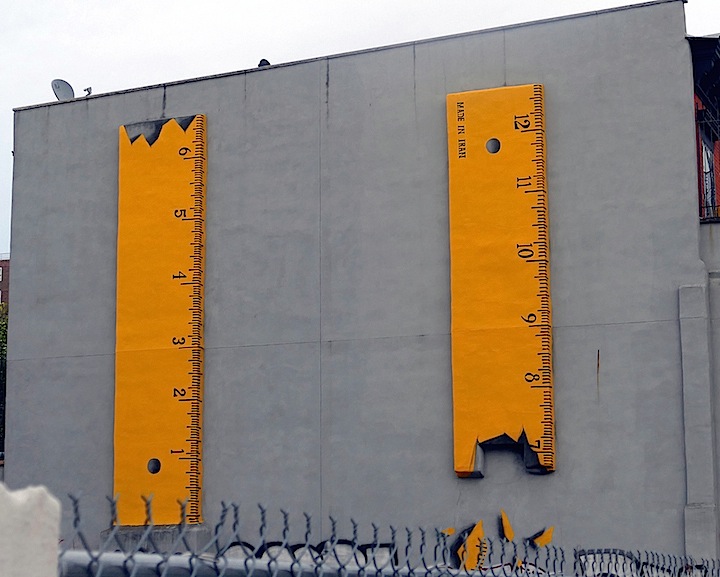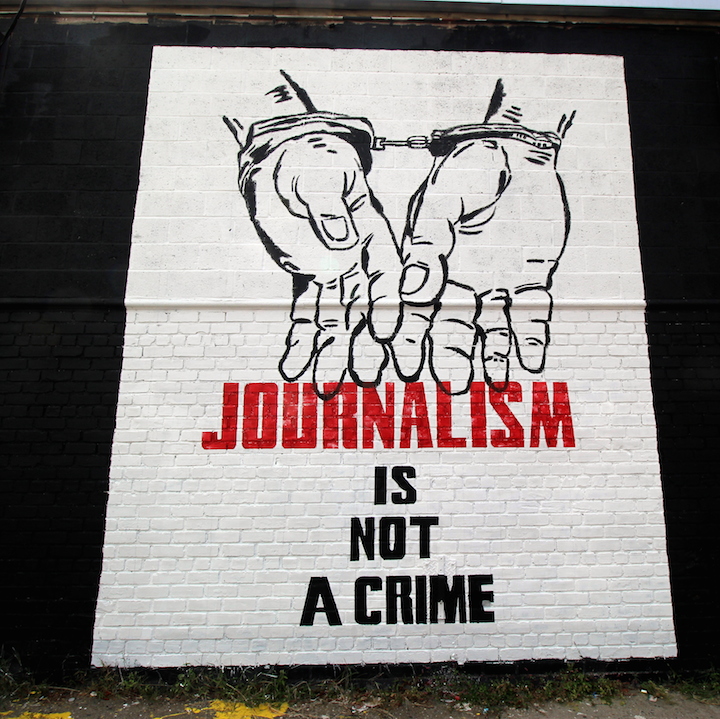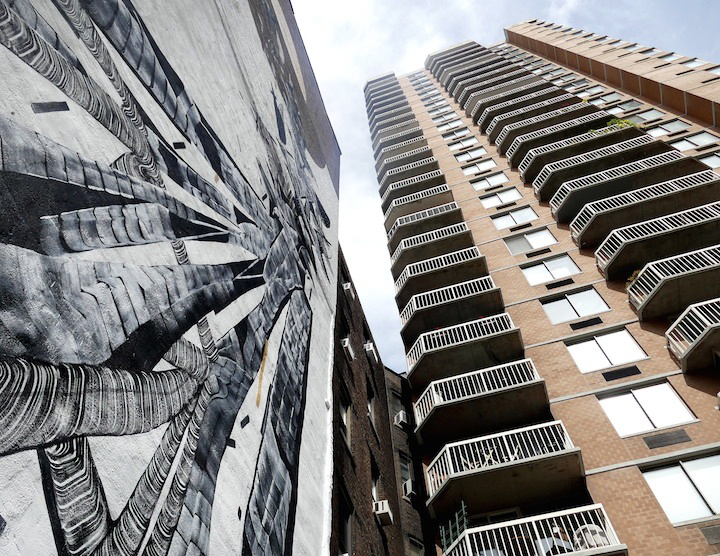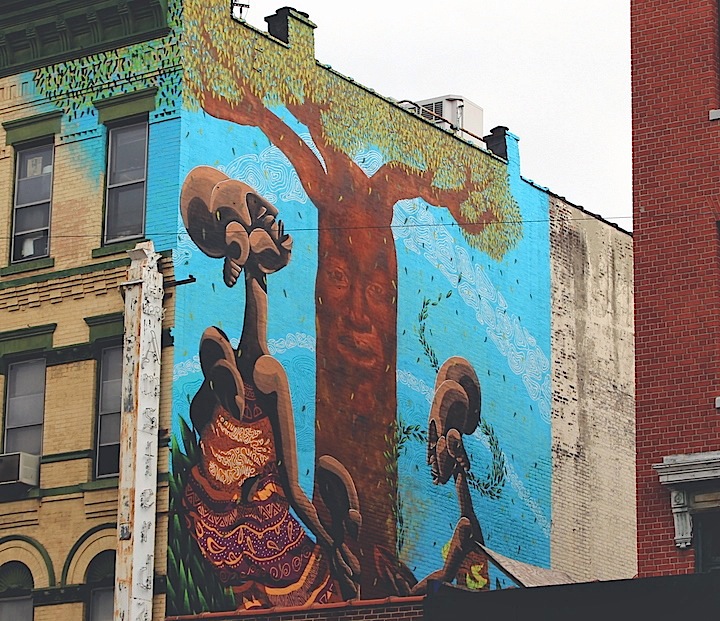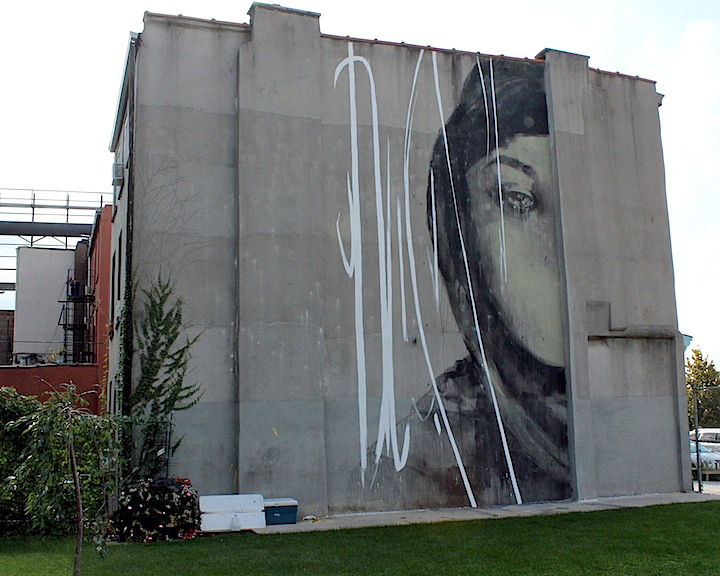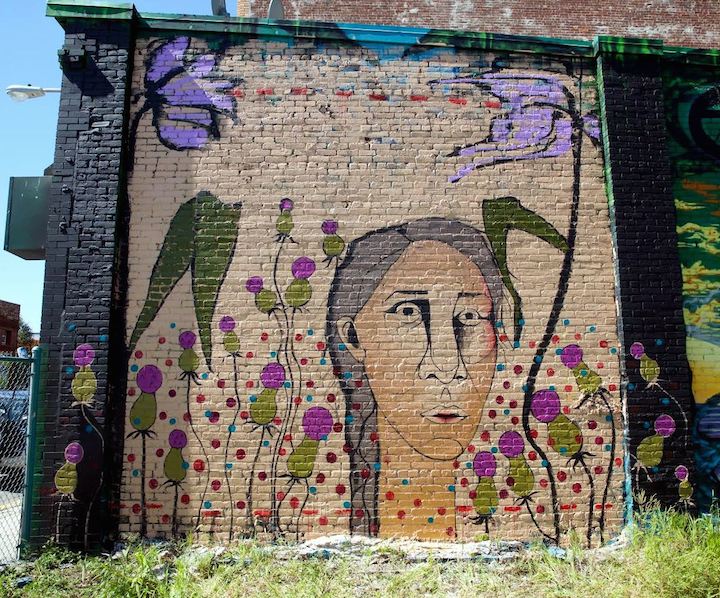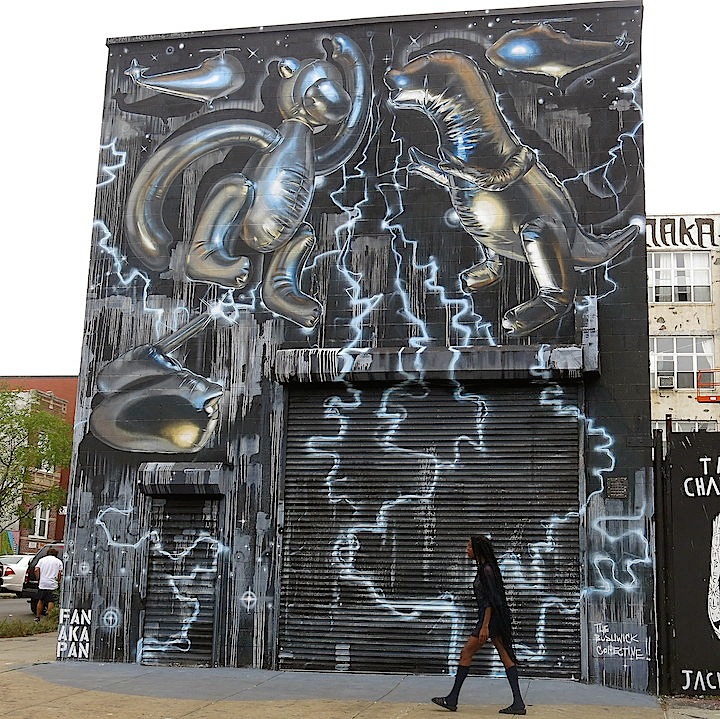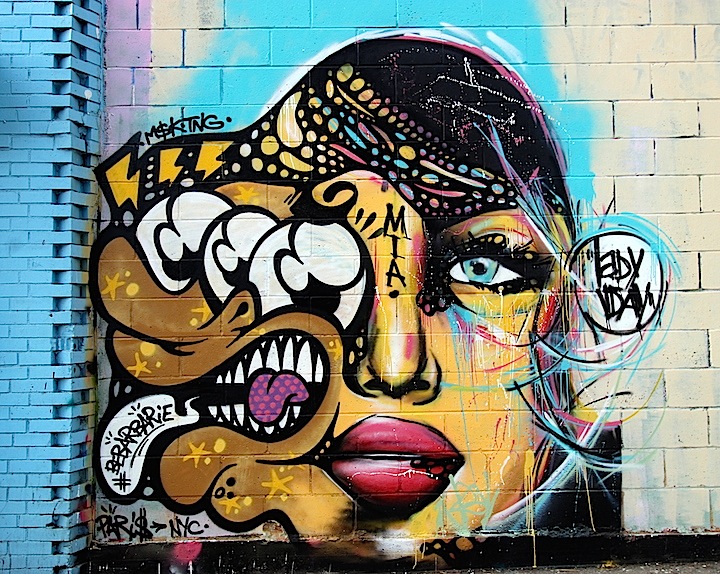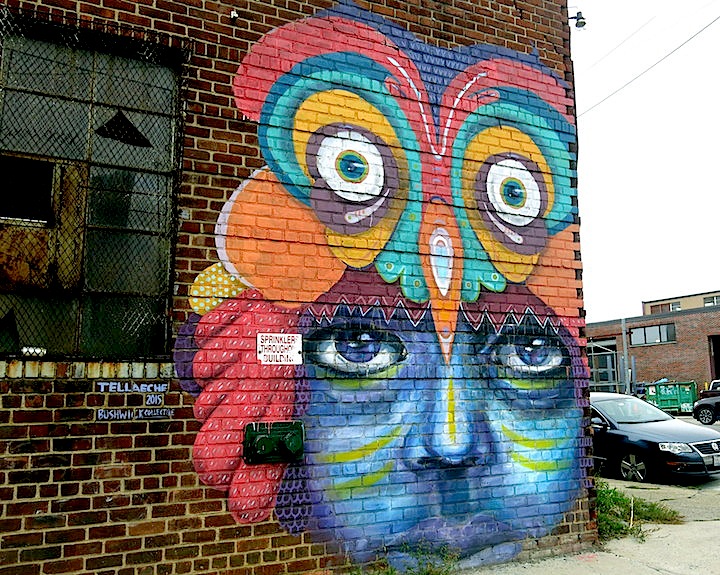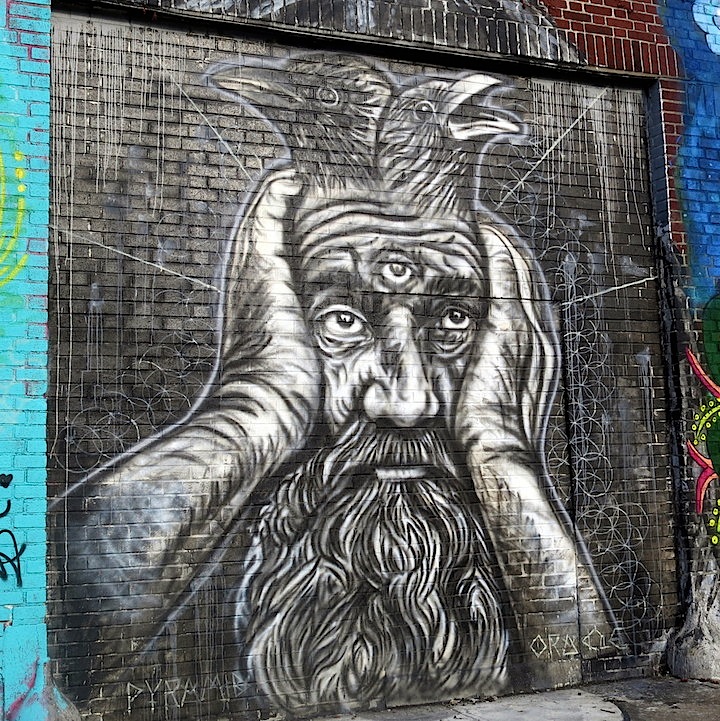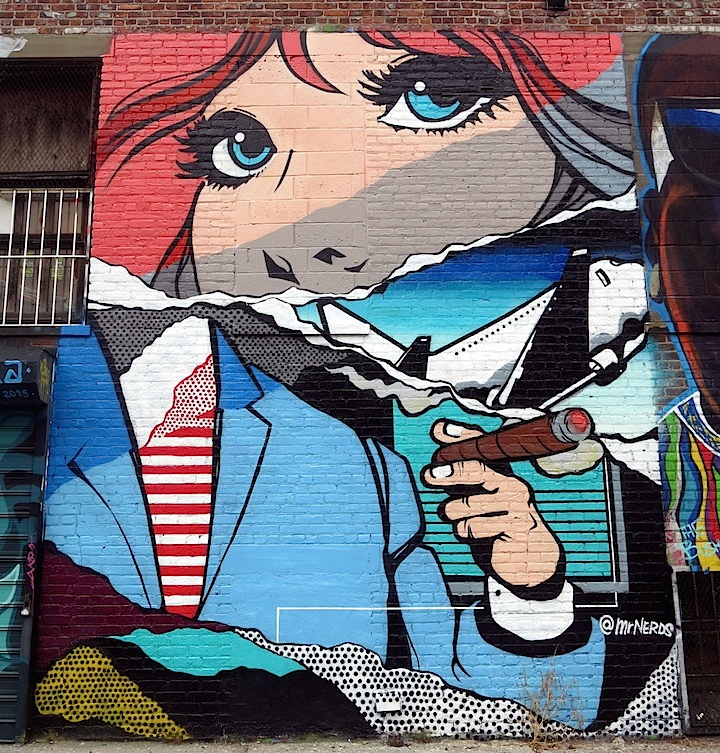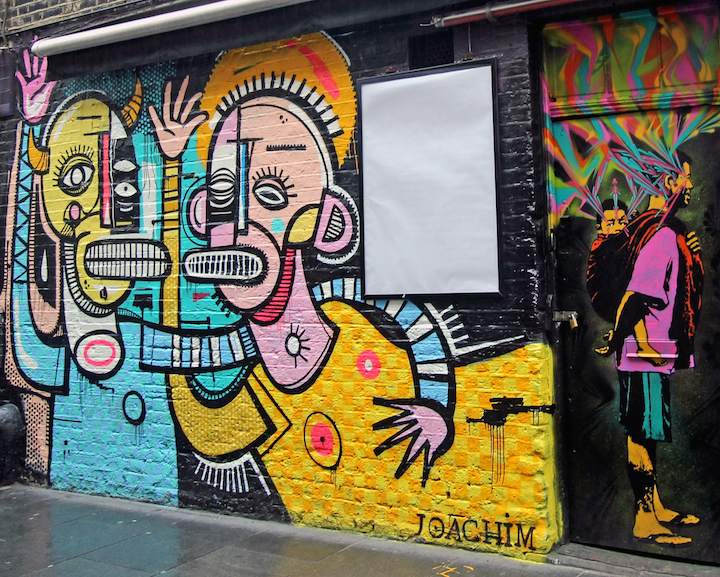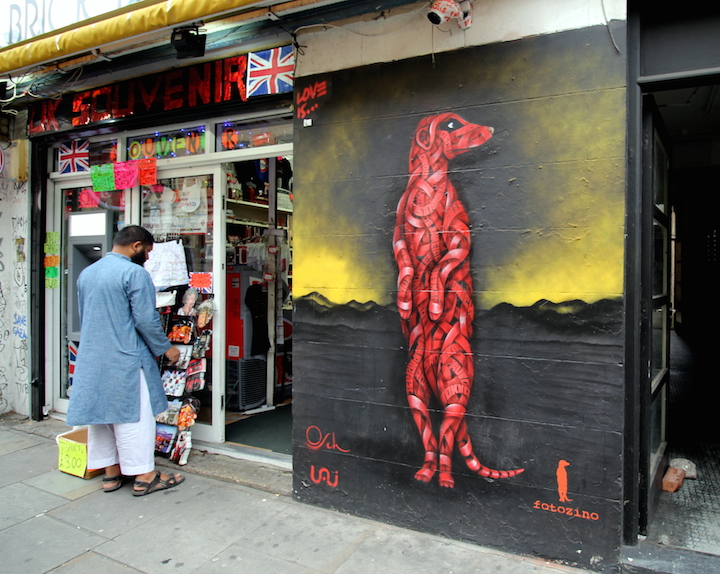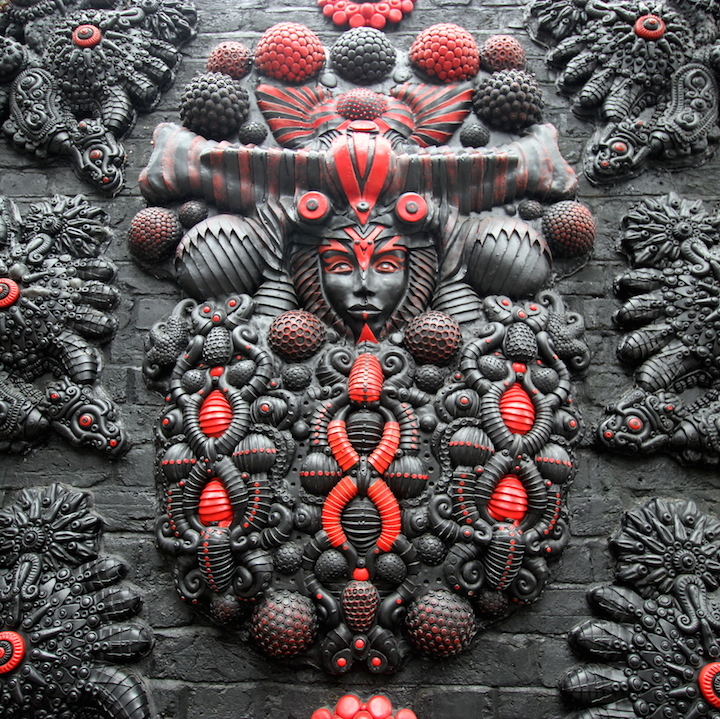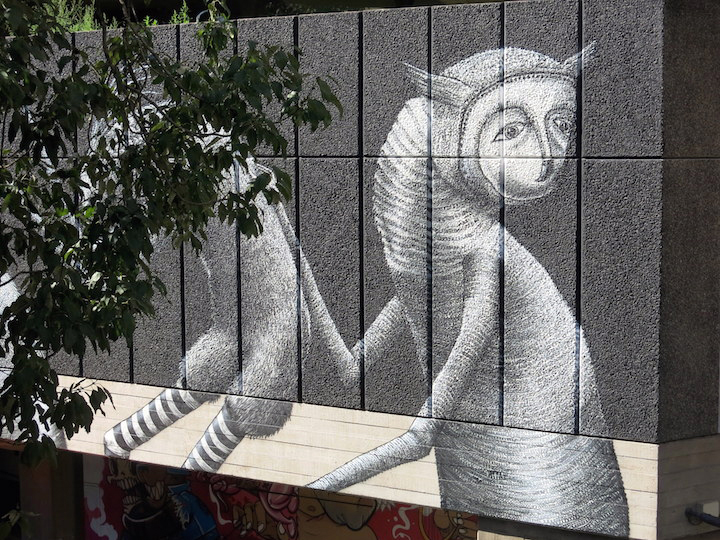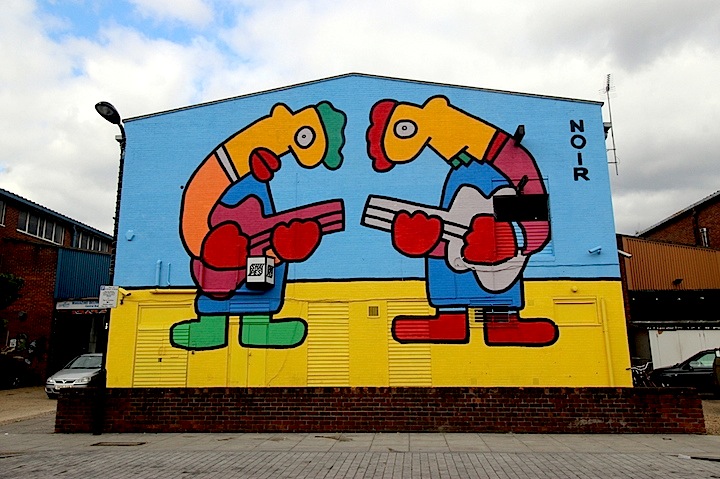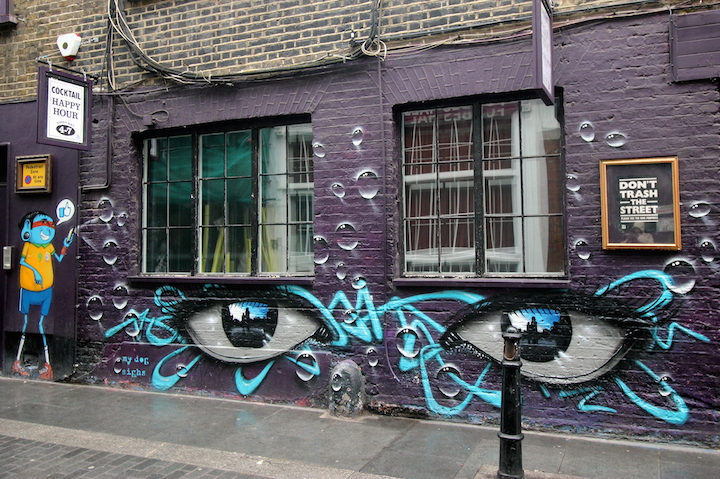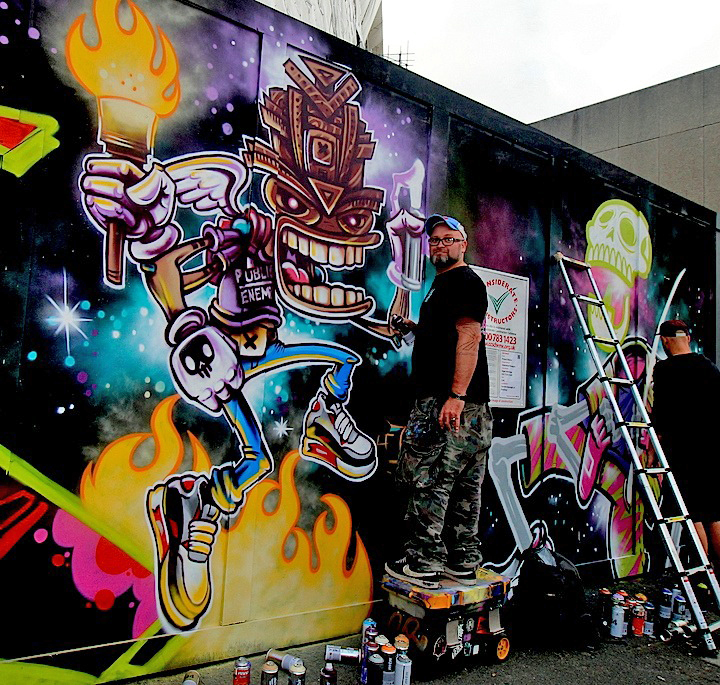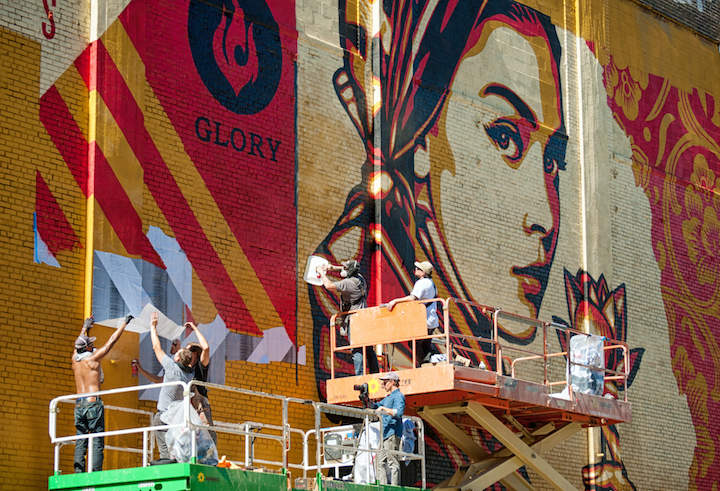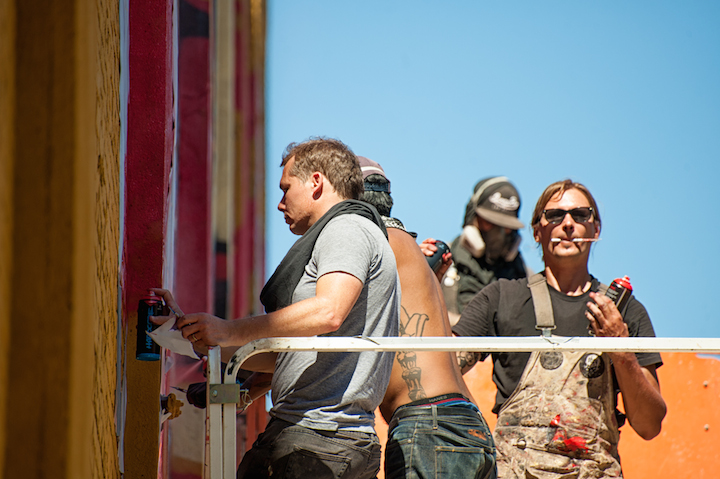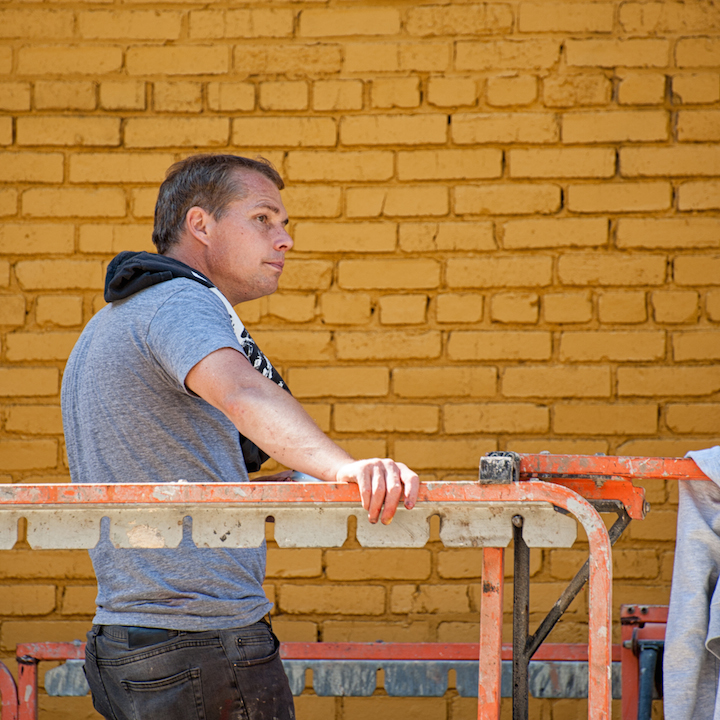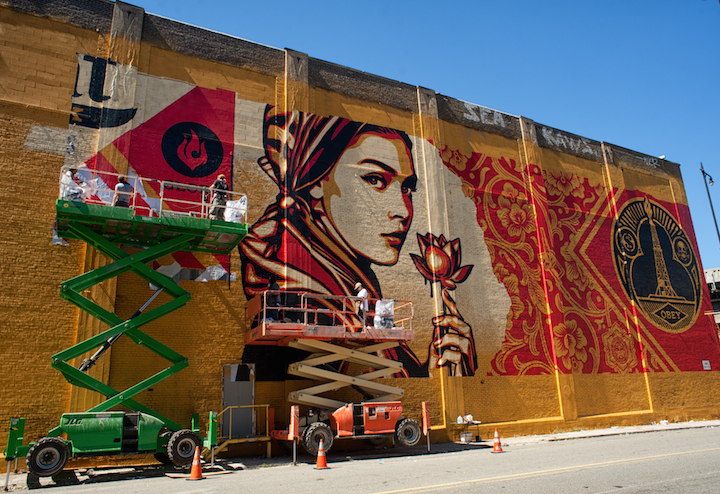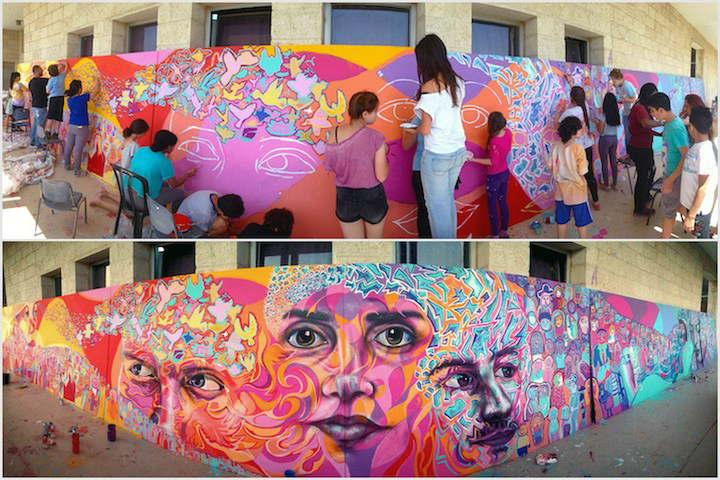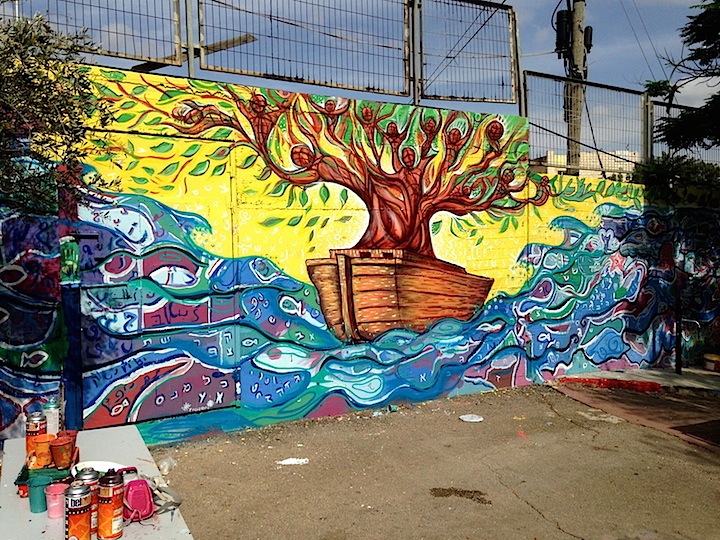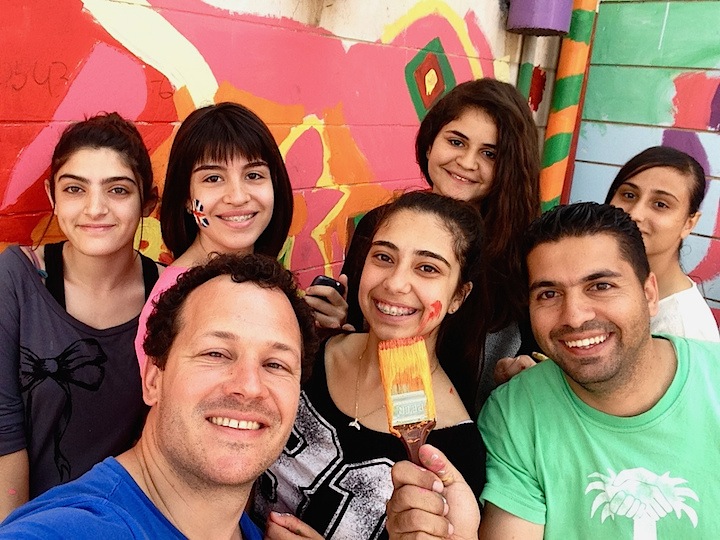
A founding member of the legendary Bronx-based Tats Cru, the masterful BG 183 recently met up with us at his solo exhibit, Autumn Spray, in Hunts Point.
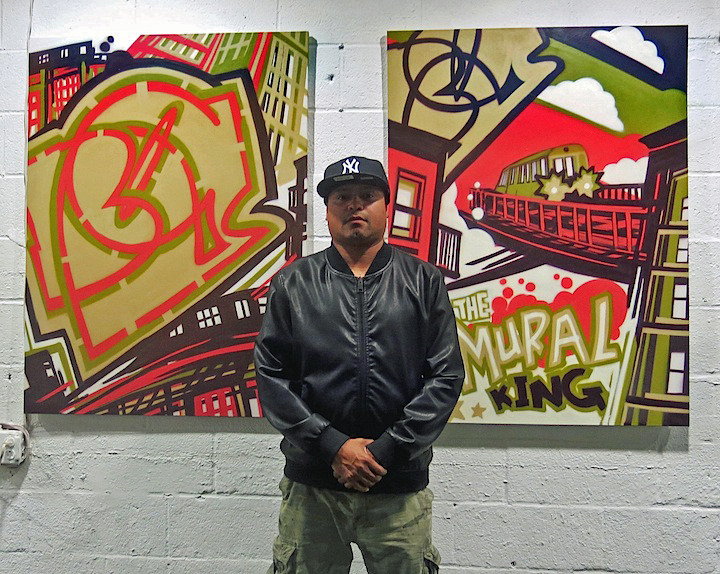
When did it all begin?
Actually, my big sister got me started. I used to watch her draw all the time, and I was amazed! I wanted to try it too! So when I was about four — and she was nine — she noticed me drawing and encouraged me. I never stopped!
What inspired you to hit the streets?
Graffiti was all around me. I loved its bright, bold colors. But I had to begin by practicing my tag, the real element of it all. And then after hitting up stacks of paper, I began bombing on public surfaces. I was about 16 at the time. I wanted the fame!

Any early memories that stand out?
Bombing the inside of James Monroe High School and hitting the trains riding back and forth from school.
Any particularly risky moments?
Getting chased while painting trains and dealing with other crews.
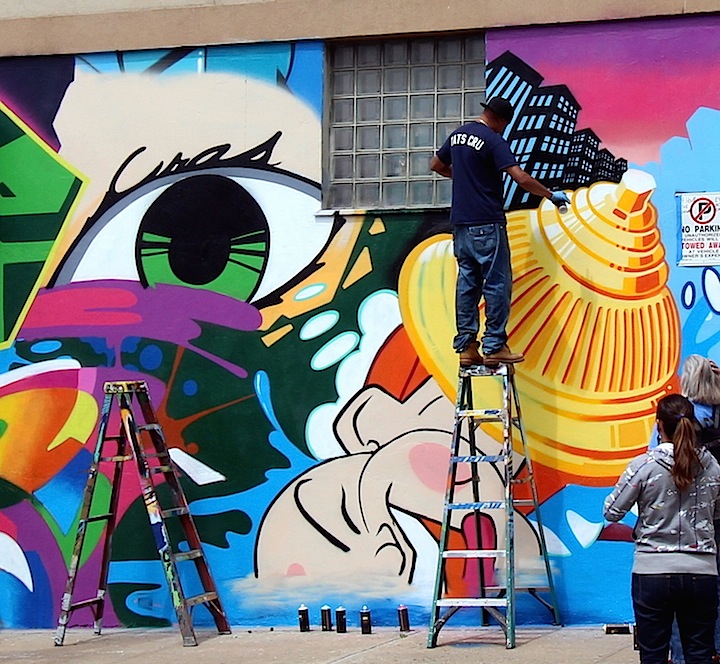
How did your family feel about what you are doing back then?
My mother was cool – until Michael Stewart’s death. Then she became very uneasy about what I was doing.
I can understand that. What percentage of your day is devoted to your art these days?
100%. I’m either doing commissions or working on my own body of work.
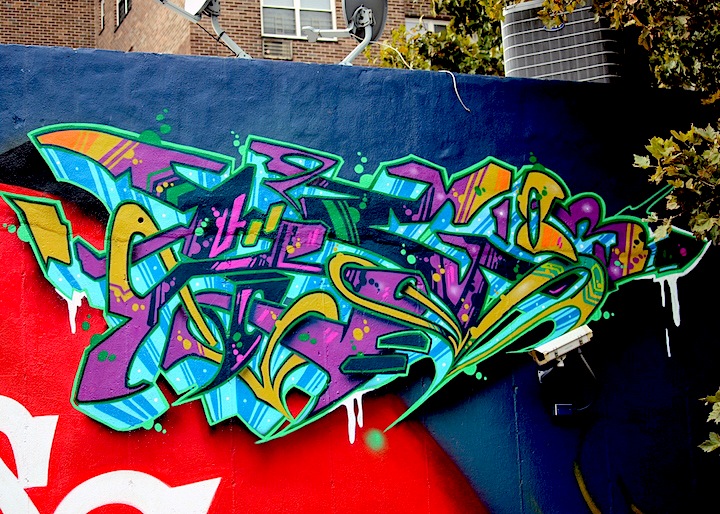
What keeps you painting after all these years?
I love it, and I want to be the best.
How do you feel about the movement of graffiti and street art into galleries?
It’s a natural progression.

Do you prefer working alone or collaborating with others?
Both. Working with my crew – Tats Cru – helps me keep my skills on a high level.
You’ve painted throughout the globe. Why do you suppose graffiti is more respected as an art form in Europe than here in the U.S.?
There is a huge respect there for anything from New York.
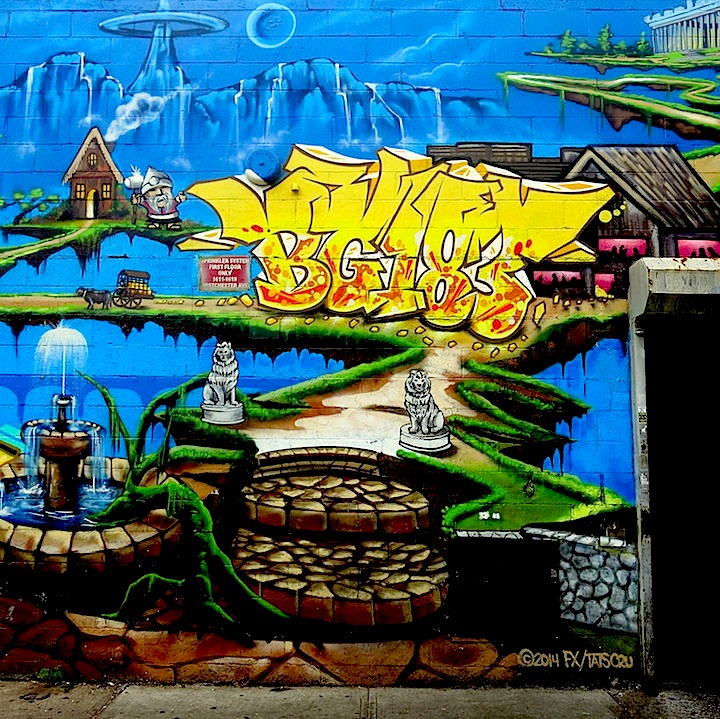
And yet the European writers have largely taken graffiti to another level – beyond what we see here in NYC. Why do you suppose that is so?
Many of the writers here don’t really try to. They simply don’t feel the need to evolve.
Interesting! How you feel about the role of the Internet in this scene?
It’s great! It gets my name out there.
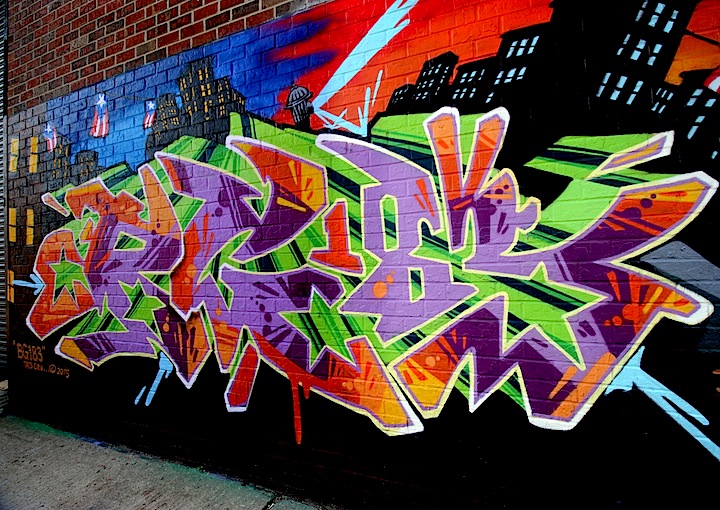
Do you have a formal arts education?
None! Just the Major Art class I took in high school. That’s where I got to know Bio.
Are you generally satisfied with your work?
Yup!
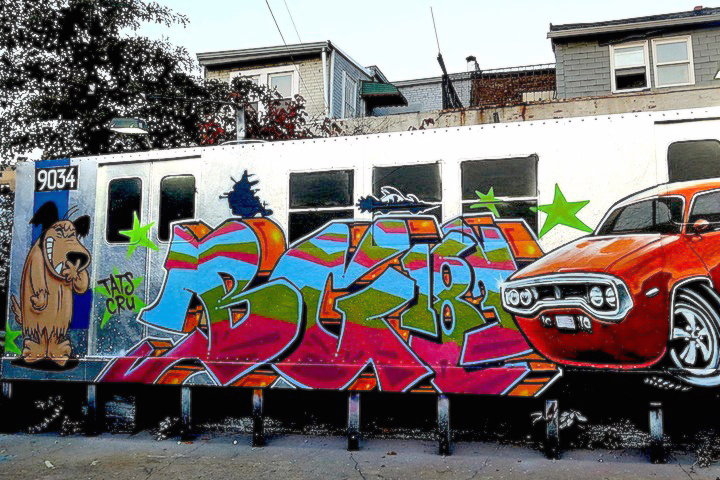
What about your name? How did you get the name BG 183?
When I was in high school, I was the one to BrinG the bats to the baseball team. And 183 refers to the number of my styles – as I have so many!
Yes! You certainly are versatile. The work in this exhibit is so different from most of your work that I’ve seen on the streets. What inspired it?
The life I live! The images represent my life.

And what about the colors. They are wonderful!
Fall was on my mind, and my wife suggested these particular colors.
What’s ahead?
I’d like to focus more on creating a body of work that can be shown in galleries and museums.
Note: Curated by Sien and Eric Orr, Autumn Spray remains on view through November 15th at More Points Bx, 727 Faile Street in Hunts Point.
Photo credits: 1, 2, 6, 7, 9 & 10 Lois Stavsky; 3 (with Crash on the left) Dani Reyes Mozeson; 4, 5 & 8 Tara Murray; interview by Lois Stavsky
